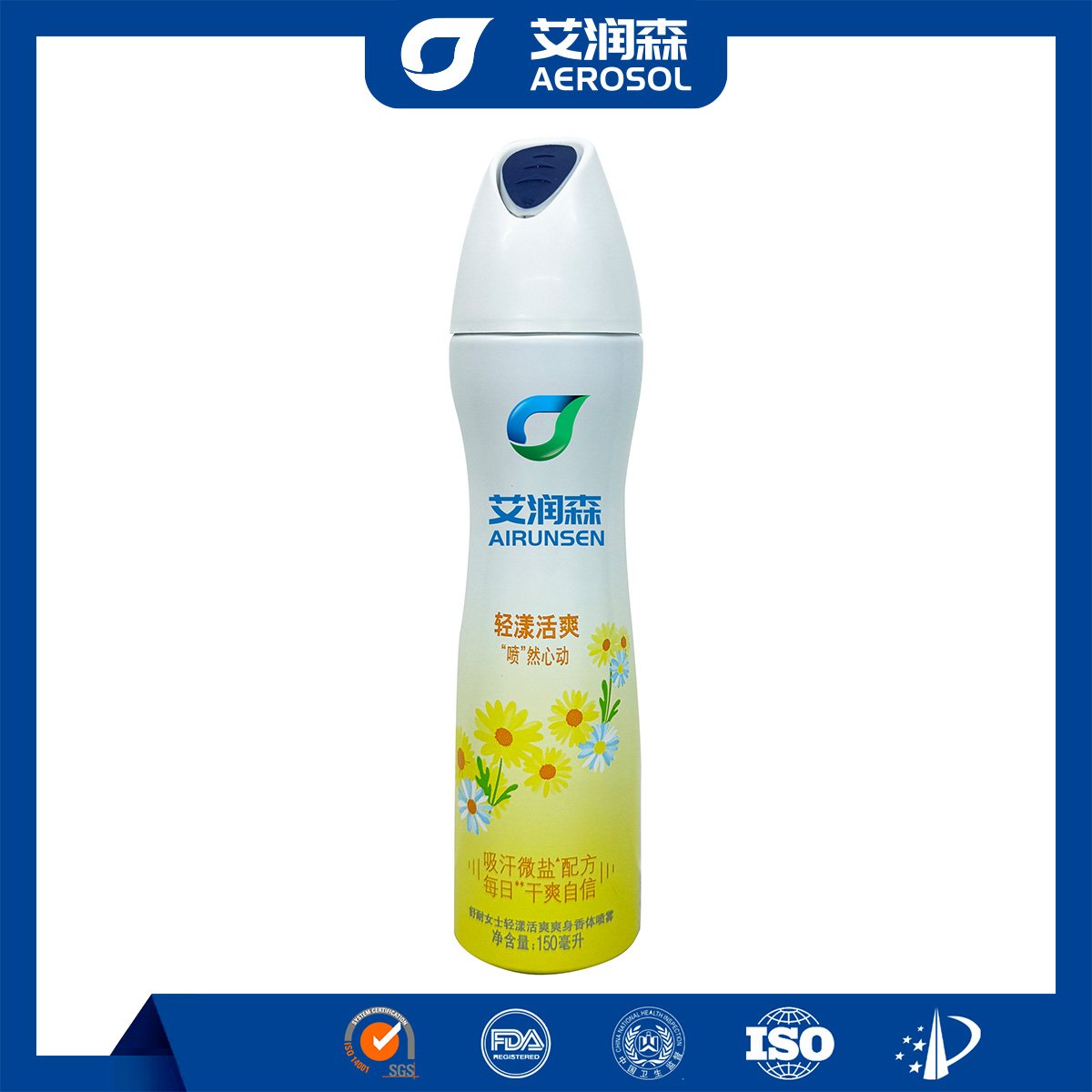Components of Circuit Board Transparent Protectant
- Resin Matrix: The main component is usually a polymer resin such as epoxy resin or acrylic resin. Epoxy resins offer excellent adhesion to the circuit board surface and good chemical resistance. They can form a tough and durable film that adheres well to the various components and traces on the circuit board. For example, bisphenol – A – based epoxy resins are commonly used due to their high cross – linking density, which provides a strong protective barrier. Acrylic resins, on the other hand, are known for their clarity and flexibility. They can conform well to the contours of the circuit board and provide a transparent coating that doesn’t yellow over time.
- Solvents: Solvents like acetone, toluene, or alcohol – based solvents are often included to adjust the viscosity of the protectant. This allows for easy application, either by spraying, brushing, or dipping. The solvents evaporate during the curing process, leaving behind the resin matrix to form the protective layer. For instance, in a spray – type protectant, a volatile solvent like ethyl acetate is used to ensure that the protectant can be atomized easily and spread evenly over the circuit board.
- Additives: There are various additives to enhance the performance of the protectant. Anti – static agents are added to prevent the build – up of static electricity on the circuit board, which can damage sensitive electronic components. UV stabilizers are included to protect the coating from degradation caused by ultraviolet light, especially if the circuit board is used in outdoor or well – lit environments. For example, hindered amine light stabilizers (HALS) can effectively prevent the yellowing and cracking of the protective layer due to UV exposure.
Efficacy of Circuit Board Transparent Protectant
- Moisture Protection: The protectant forms a continuous, impermeable layer that effectively blocks moisture from reaching the circuit board. This is crucial because moisture can cause short – circuits, corrosion of metal components such as copper traces, and degradation of electronic components. In a humid environment, a well – applied transparent protectant can reduce the moisture ingress rate by up to 90% compared to an unprotected circuit board.
- Dust and Contaminant Exclusion: It acts as a barrier against dust, dirt, and other contaminants. These particles can cause electrical problems by creating conductive paths or interfering with the proper functioning of components. The protective layer keeps the circuit board clean, ensuring that the electrical signals are transmitted accurately and that the components operate within their designed parameters. In industrial settings where there is a lot of airborne particulate matter, the use of a transparent protectant can significantly extend the life of the circuit board.
- Chemical Resistance: The protectant can withstand exposure to a variety of chemicals such as acids, alkalis, and solvents. This is important in applications where the circuit board may come into contact with cleaning agents, industrial chemicals, or environmental pollutants. For example, in the electronics manufacturing process, the circuit board may be exposed to fluxes and cleaning solutions. A good transparent protectant can prevent these chemicals from corroding the circuit board and ensure its long – term reliability.
Advantages of Circuit Board Transparent Protectant
- Visibility of Circuitry: As the name suggests, the transparent nature of the protectant allows for visual inspection of the circuit board. Technicians can easily identify any potential problems such as component damage, loose connections, or solder joint issues without having to remove the protective layer. This is a significant advantage over opaque protective coatings, as it simplifies the maintenance and troubleshooting process.
- Enhanced Durability: The protectant significantly increases the lifespan of the circuit board. By protecting against environmental factors, it reduces the need for frequent repairs and replacements. This is particularly beneficial in applications where the circuit board is subjected to harsh conditions or is a critical component that is expensive or difficult to replace. For example, in aerospace and military electronics, the use of a transparent protectant can ensure the reliable operation of the circuit board over an extended period of time.
- Easy Application: The protectant can be applied using simple methods such as spraying, dipping, or brushing. This makes it suitable for both mass – production in electronics manufacturing facilities and for small – scale applications or repairs. The ease of application also means that it can be quickly applied to circuit boards, reducing the production or repair time and increasing overall efficiency.



















